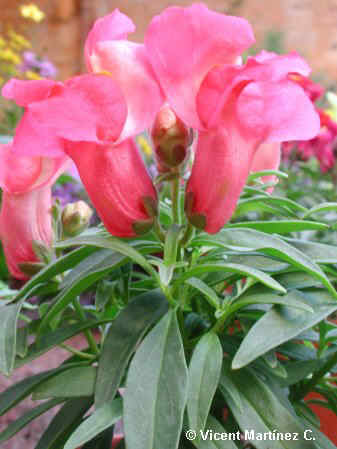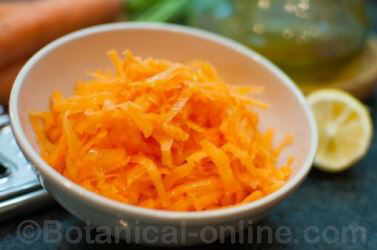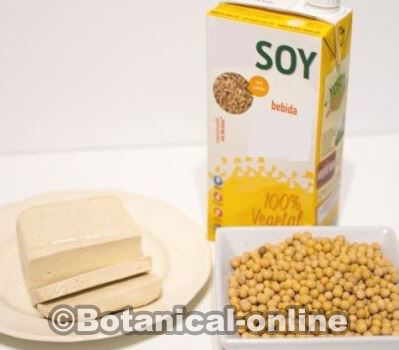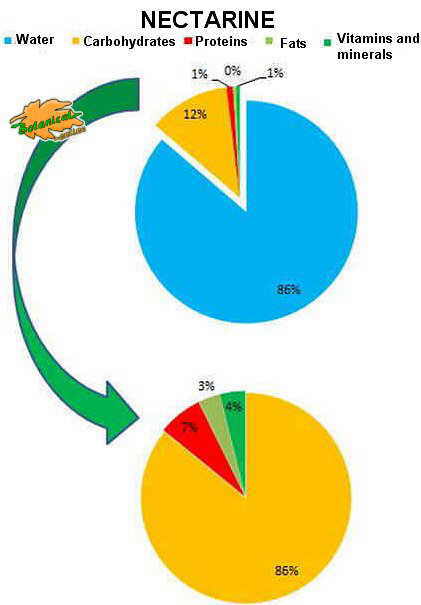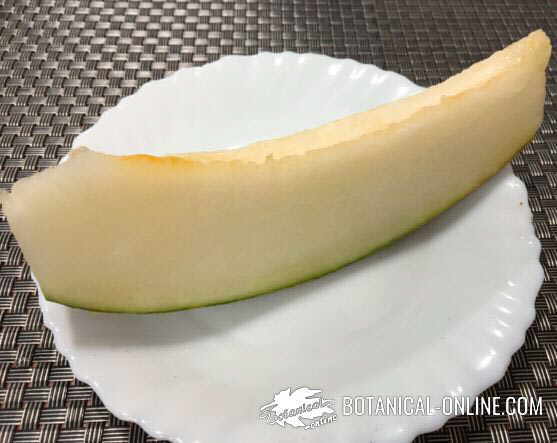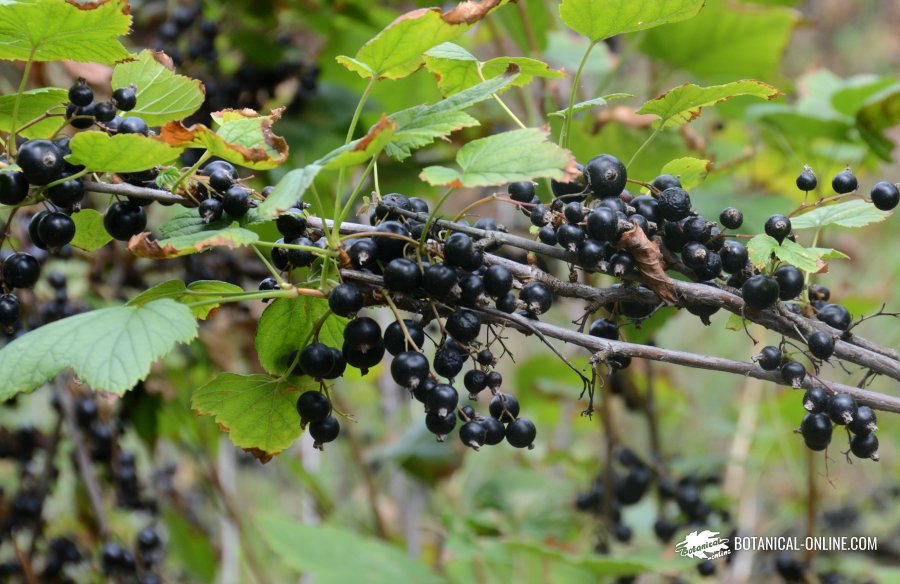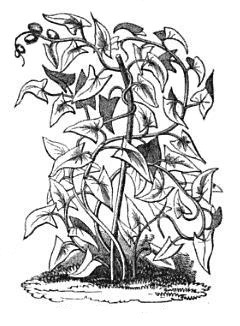Contents
- 1 (Narcissus papyraceus, Narcissus tazetta, Narcissus unicolor)
- 2 PAPERWHITE CARE
- 3 CHARACTERISTICS, CULTIVATION AND PROPERTIES OF WHITE NARCISSUS
- 3.1 Description of white daffodil
- 3.2 Habitat of white narcissus
- 3.3 Required climate for white daffodil
- 3.4 Plantation of white narcissus outdoors
- 3.5 Conditions of cultivation of white daffodils planted outdoors
- 3.6 Plantation of white narcissus indoors to achieve the winter bloom
- 3.7 White daffodil diseases and pests
(Narcissus papyraceus, Narcissus tazetta, Narcissus unicolor)
PAPERWHITE CARE
CHARACTERISTICS, CULTIVATION AND PROPERTIES OF WHITE NARCISSUS
 Description of white daffodil
Description of white daffodil
Bulbous perennial plant of the Amaryllidaceae family- formerly Liliaceae – up 30 to 90 cm t, although it usually does not surpass more than 45.
Stems erect yellow green.
Linear leaves up to 60 cm in length.
White snowy flowers – sometimes with yellow spots -, formed by 6 tepals that give off a musky smell. They are located at the end of a fleshy and streaked floral stem (floral scape).
Yellow stamens. It blooms from mid-winter to mid-spring. The flowers of this plant attract a lot of insects (bees, ladybugs, moths, butterflies, etc.) and birds.
 Habitat of white narcissus
Habitat of white narcissus
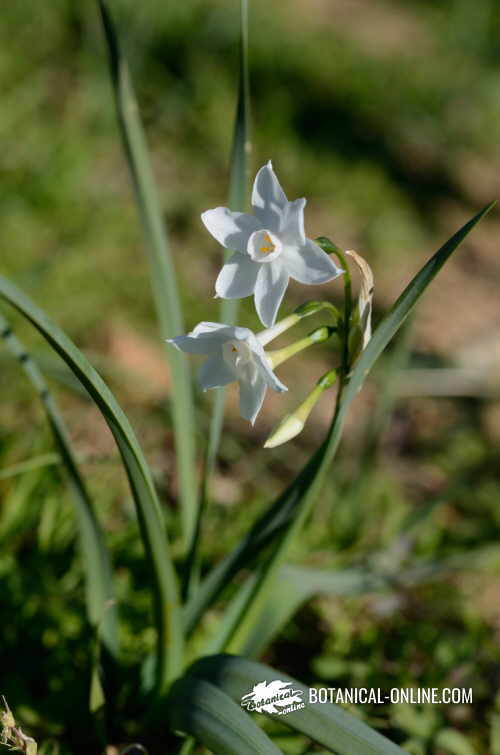
Photo of paperwhite
Native to Southeast and Southwest Europe (Countries of the former Yugoslavia, Greece Italy, Portugal, Spain and France.) And North Africa (Morocco and Algeria). Naturalized in the United States (Texas, California and Louisiana), Corsica and Azores. Cultivated widely in Turkey and China. In the latter country is forced to bloom at Christmas
It can be found in meadows and grasslands with high humidity, between calcareous rocks, edges of fields or paths, uncultivated slopes, from sea level to 1200 meters altitude.
Required climate for white daffodil
White narcissus requires cultivation conditions typical of warm or tempered zones (climatic zones 8 to 11), although in can be grown indoors in zones 8 and 9.
 Plantation of white narcissus outdoors
Plantation of white narcissus outdoors
In warm climates, the bulbs can be planted directly outdoors. The flowering of these bulbs occurs quickly after 3 or 4 weeks. Bulbs planted in autumn (September, October or November) bloom in winter. (January, February and March)
Planted outdoors, it is used to decorate massifs and roadsides. It is a plant that reaches a great horizontal growth forming wide masses.
We can separate part of the plants that form the massifs to replant them in another place of the garden. June is the ideal month for this task.
Conditions of cultivation of white daffodils planted outdoors
- They can be exposed to full sun or semishade, facing south, west or east. The site should NOT be oriented to the north.
- They need a well drained soil, rich in organic matter and humid.
- Irrigation constant but light not to produce puddles that would rot the bulbs
 Plantation of white narcissus indoors to achieve the winter bloom
Plantation of white narcissus indoors to achieve the winter bloom
In case you want to grow them in cool climates, it is necessary to do it in a container to be able to carry it indoors to protect it from the inclemencies, especially if we want to force its flowering for winter.
The plantation in containers shall be made in flat containers of a maximum of about 10 cm of depth on a sandy soil. Place about 4 cm of small river stones in the bottom and plant the bulbs vertically with the peak in the upper position. Fix with stones around. We should not add fertilizer.
The container should be placed in a cool place (about 10 º C maximum) and dark until bulbs start to produce green shoots. Afterwards, it should be placed in a well-lit room at a temperature between 15 and 10 ºC.
From planting and during the growth period bulbs planted in containers require special irrigation care. It should be watered by adding the water until it reaches the bottom of the bulb. As the water descends, more must be added. We must prevent the irrigation water from reaching the bulbs fully, to prevent them from rotting.
 White daffodil diseases and pests
White daffodil diseases and pests
* Among the major diseases that may affect paperwhite, we can point out the following:
- Narcissus mosaic virus (Narcissus mossaic potexvirus)
- Narcissus yellow striate virus (Narcissus yellowstripe potyvirus)
- Strawberry latent ringspot nepovirus (SLRSV)
- Botrytis cinerea
- Rust
- Heterosporiosis
- Leaf spot diseases (Septoria)
- Basal necrosis of narcissus bulbs (Narcissus basal rot)
* Among the main plagues, we have:
- Nematodes (Dytilenchus dipsaci)
- Mites
- Snails
- Aphids
- Hoverflies (Eumerus sp.)
- Narcissus bulb fly (Merodon ecuestris)
![]() More information on plant cultivation.
More information on plant cultivation.

